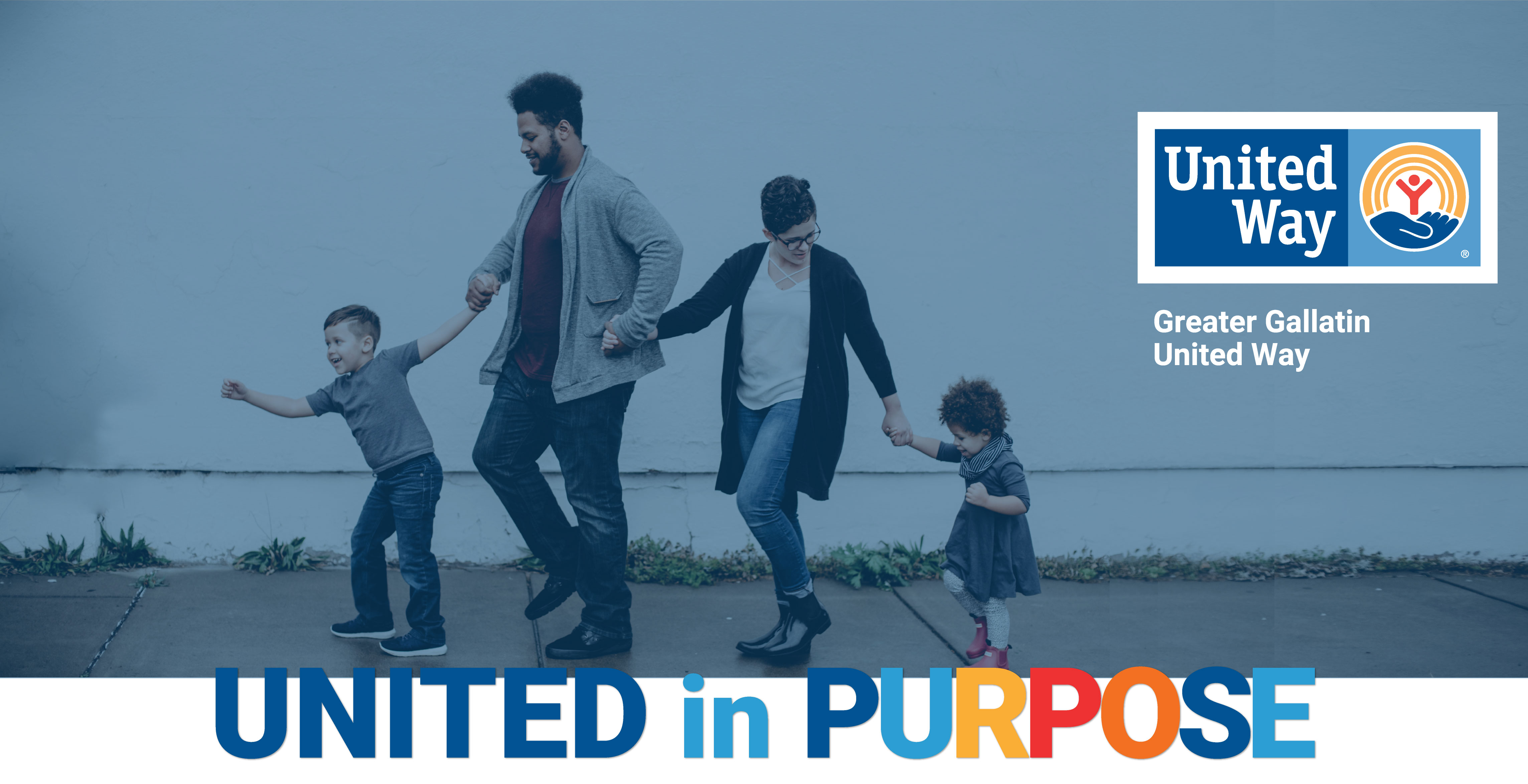The familiar donation thermometer located at Main and 19th, which represented the progress of Greater Gallatin United Way's annual fundraising campaign, has been replaced. The Greater Gallatin United Way is unveiling a new method, the Community Impact model, for measuring and illustrating the effects of programs and services to the community. Greater Gallatin United Way supports health and human service organizations in Gallatin, Park, Madison, and Meagher Counties. With the shift to impact, Greater Gallatin United Way wishes to correct the impression that we are solely a fundraiser. In truth, we are returning to our roots as an organization with a mission to “mobilize the caring power of communities.”
“We will continue to focus on our partners, staying in-tune with our community, and delivering services that our community needs and wants,” said Carol Townsend, CEO and President of Greater Gallatin United Way. The Community Impact model better demonstrates Greater Gallatin United Ways commitment to solving problems in our community and a method for evaluating the results of our efforts.
“By assessing and conveying the results of our efforts, we are better able to deliver our value proposition to the community. This in turn, builds trust and encourages people to stay involved with their Greater Gallatin United Way,” said Sylvia Drain, Board Chair of Greater Gallatin United Way.
United Ways that follow the Community Impact model bring diverse people and organizations together to address the most urgent issues their communities face. Through unique partnerships and approaches, United Ways mobilize resources beyond the dollars that are pledged through their fundraising efforts. The drivers for moving to an out-come based model include:
- Evidence of decreasing funds for nonprofits, yet increasing community needs, resulting in more attention to whether nonprofit programs are making a difference
- Previous evaluation measures focused on money raised and/or spent, number of people served and satisfaction, which doesn’t assess impacts on clients and community
This method of measurement takes into account short-term, intermediate and long-term impacts/benefits/changes to individuals and community as a result of programs.
“We recognize that no single organization can do it alone,” said Townsend. Community impact requires focus, collaboration and innovation. Greater Gallatin United Way convenes community partners, individuals, businesses, financial institutions, government policy makers, faith-based organizations, neighborhood associations, community development corporations and other non-profits around a specific goal.
“We cultivate and guide these various entities to pool their knowledge, ideas and resources in order to deliver the greatest impact,” said Townsend. Townsend refers to the article, “Collective Impact,” by John Kania and Mark Kramer (which can be found online). According to the article, collective impact requires a shared agenda, shared data and measurements, continuous communication, is mutually reinforcing, and a support organization or “backbone.” “We see Greater Gallatin United Way as the ‘backbone,’” said Drain.
We kick off our 2011-2012 campaign this September. Invest in your community and let Greater Gallatin United Way put your gift to work for positive change. Donate now.


